Electrical safety is a paramount concern for professionals working in environments where electrical hazards are present. The use of proper personal protective equipment (PPE) is essential in protecting workers from electrical shocks, burns, and other potential injuries. Among the most critical pieces of PPE are electrical gloves, which serve as the first line of defense against electrical hazards.
Electrical gloves are designed to insulate the hands and prevent the flow of electricity, which can be life-saving in the event of accidental contact with live electrical components. They come in various materials and are categorized by their voltage protection levels. The proper selection and use of electrical gloves are non-negotiable aspects of a comprehensive safety protocol.
Optimizing Electrical Glove Safety Through Care and Maintenance
Ensuring the safety of workers dealing with electrical hazards is critical, and the role of electrical gloves in their daily protection cannot be overstated. These gloves not only prevent life-threatening injuries but also enhance the confidence of personnel when performing their duties. Keeping them well-maintained should be an ongoing activity, not an afterthought. Below, you will find a concise summary of the essential steps and considerations for electrical glove care and maintenance.
| Maintenance Aspect | Key Considerations |
|---|---|
| Glove Selection | Match gloves (rubber, latex, nitrile) to the voltage exposure using the appropriate class (00, 0, 1, etc.) |
| Pre-Use Inspection | Conduct a thorough visual check for defects, akin to pre-operation checks with other tools |
| Periodic Testing | Perform dielectric tests to ensure the gloves withstand rated voltage levels |
| Cleaning | Rinse, use mild soap, and air dry thoroughly before re-use |
| Storage | Dry completely, avoid direct sunlight, and store in a protective case |
| Regular Maintenance | Daily visual examination and detailed inspection logs after each use |
| Identifying Wear and Tear | Check for damage such as punctures, swelling, stiffening, or lost elasticity |
| Complementary Equipment | Utilize additional safety gear like work boots and voltage testers for overall safety |
| Following Industry Standards | Stay updated on care techniques with resources and guidelines |
| Importance of Maintenance | A robust maintenance routine ensures worker safety and glove longevity |
It is important to not only care for the gloves but also recognize when they need to be replaced to prevent compromising safety. Including electrical glove maintenance as part of the broader safety protocol, alongside using the appropriate workwear, ensures a safe and professional working environment.
By following these key takeaways, workers can mitigate electrical risks and maintain the highest safety standards in their operations.
Types of Electrical Gloves and Their Uses
Different types of electrical gloves are suited for specific tasks and electrical exposure levels. Here’s a look at the materials and classes:
- Materials: Rubber, latex, nitrile, and other insulating materials
- Classes: Class 00 (up to 500V), Class 0 (up to 1,000V), Class 1 (up to 7,500V), etc.
When selecting gloves, it’s essential to match the glove class with the voltage level one will be exposed to during their electrical tasks.
Initial Inspection and Testing of Electrical Gloves
Before First Use Inspection
Prior to their first use, electrical gloves must undergo a thorough inspection to detect any possible defects that may compromise their integrity. This visual inspection is akin to the detailed pre-operation checks you would perform as outlined in the guide on how to start a leaf blower.
Periodic Testing Methods
Similar to how power tools like the DEWALT 20V MAX XR Impact Driver must be periodically tested for performance, electrical gloves also need routine dielectric testing to ensure they can withstand the voltage levels they’re rated for. These tests are crucial to maintaining the safety and functionality of the gloves.
Cleaning and Storage Practices
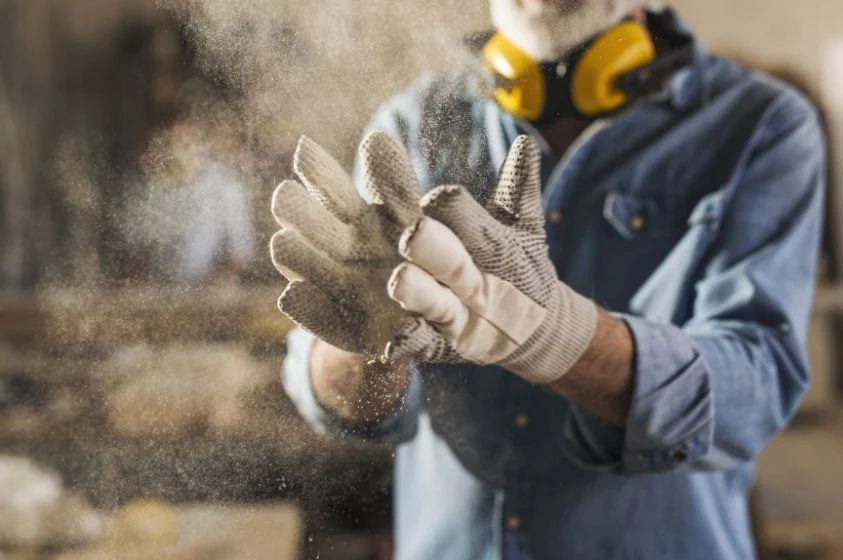
Proper Cleaning Techniques
To keep electrical gloves in top condition, here’s a step-by-step approach to cleaning:
- Rinse with clean water
- Use a mild soap
- Thoroughly air dry before next use
Utilizing the correct cleaning agents and techniques will prolong the life and efficacy of the gloves.
Optimal Storage Solutions
After cleaning, the storage of electrical gloves is just as important as the proper cleaning. Gloves should be:
- Dried completely before storage
- Stored away from direct sunlight and heat sources
- Kept in a protective bag or case to prevent contamination
These recommendations mirror the best practices for storing tools and equipment highlighted in electrician backpack storage.
Regular Maintenance Routine
Maintaining electrical gloves is not a one-time task but rather a regular commitment. The maintenance routine should include:
- Daily visual inspection for wear and tears
- Detailed inspection logs after each use
Just as an electrician routinely checks their tools, the gloves require a similar level of attention to ensure they remain reliable and safe.
Wear and Tear: When to Replace Electrical Gloves
It is important to recognize when gloves are no longer safe to use. Look out for:
- Punctures or tears
- Swelling or stiffening of material
- Loss of elasticity
These signs of wear can compromise safety, much like the importance of maintaining your tools as seen in the review of the Bosch GOP18V-34N 18V Multi-Tool Review.
Importance of the Right Accessories and Equipment
Electrical gloves are part of a broader safety system, which includes footwear such as the best work boots for men, detailed in the provided resource. Additionally, using tools like the best voltage tester can further prevent accidents and enhance overall safety.
Advanced Care Techniques and Resources
Staying abreast of industry standards is vital for glove maintenance, and detailed guidelines can be found in resources like how to use a voltage tester pen and understanding how stud finders work can complement electrical safety knowledge.
Conclusion: The Impact of Well-Maintained Electrical Gloves on Work Safety
Maintaining electrical gloves is not just about extending the life of the safety gear; it is about ensuring the well-being of the workers who rely on them. As part of a broader commitment to safety, professionals should continue their education on tools and practices within the power tools and workwear categories to stay current on safety standards and best practices. Remember, a well-maintained pair of electrical gloves is more than just equipment—it is a lifesaver.

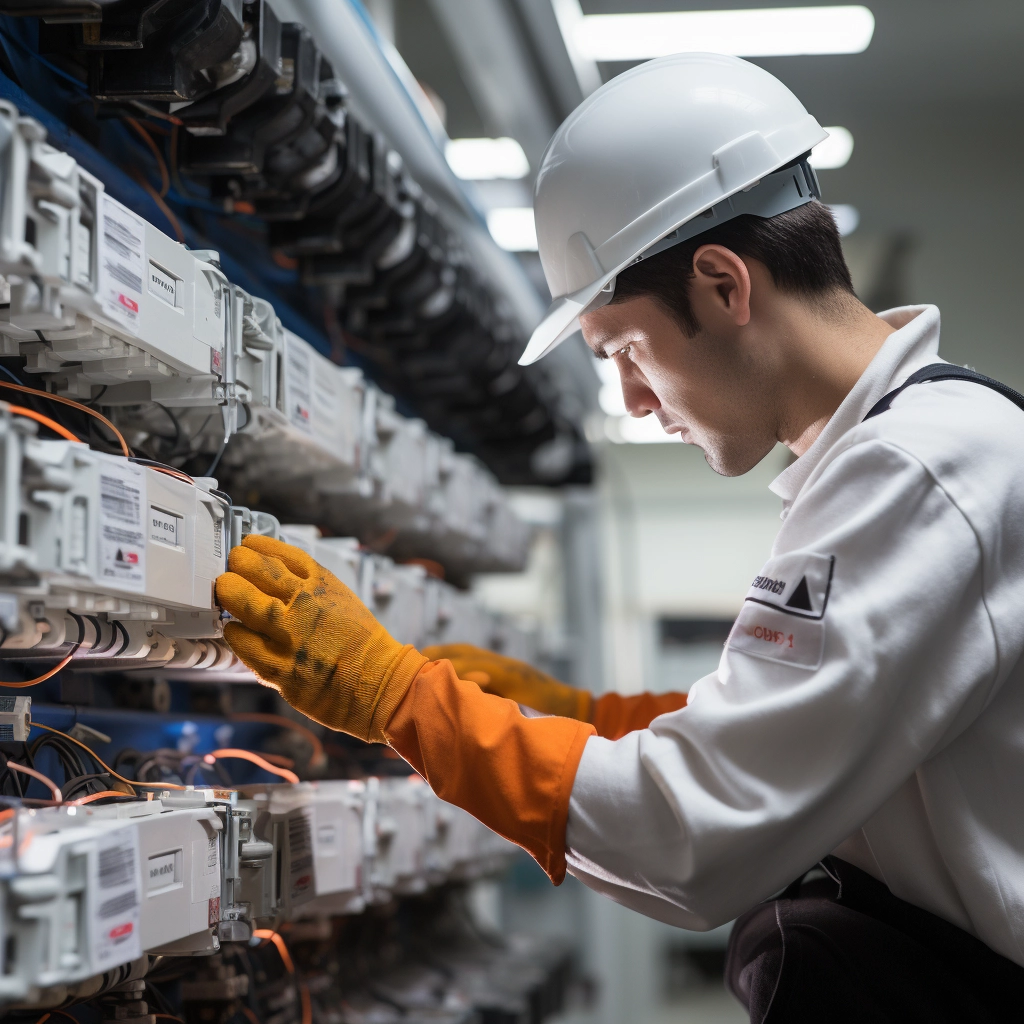

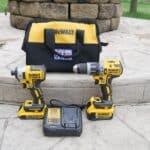
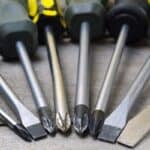
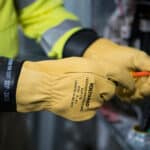


14 thoughts on “Electrical Gloves Care and Maintenance: Ensuring Your Safety in Electrical Work”